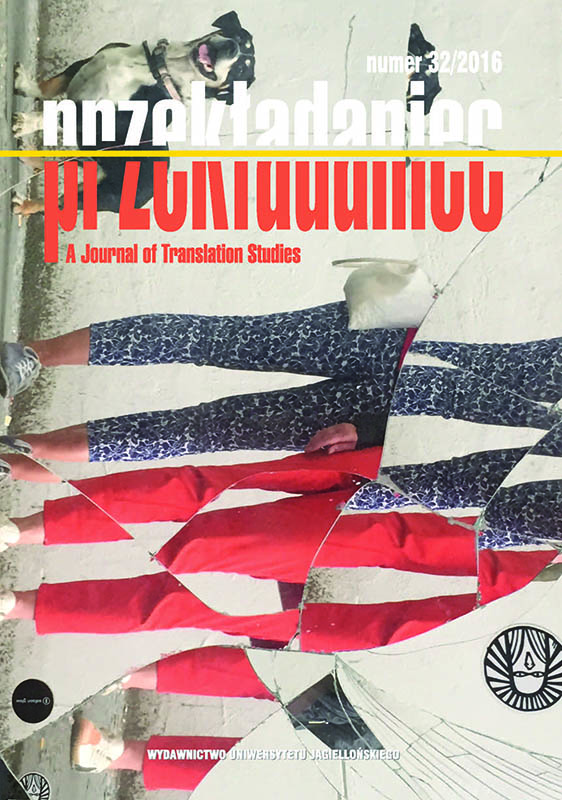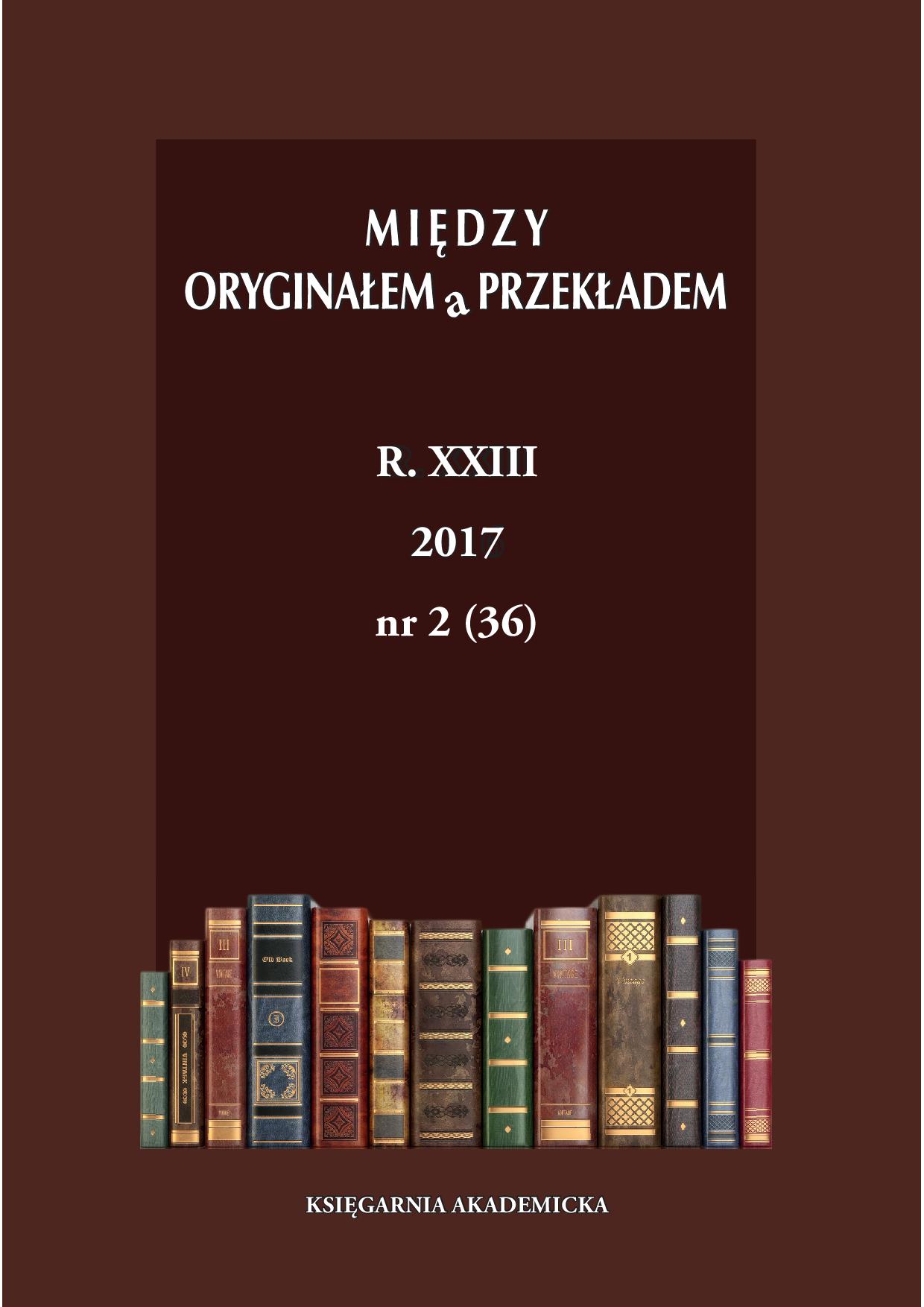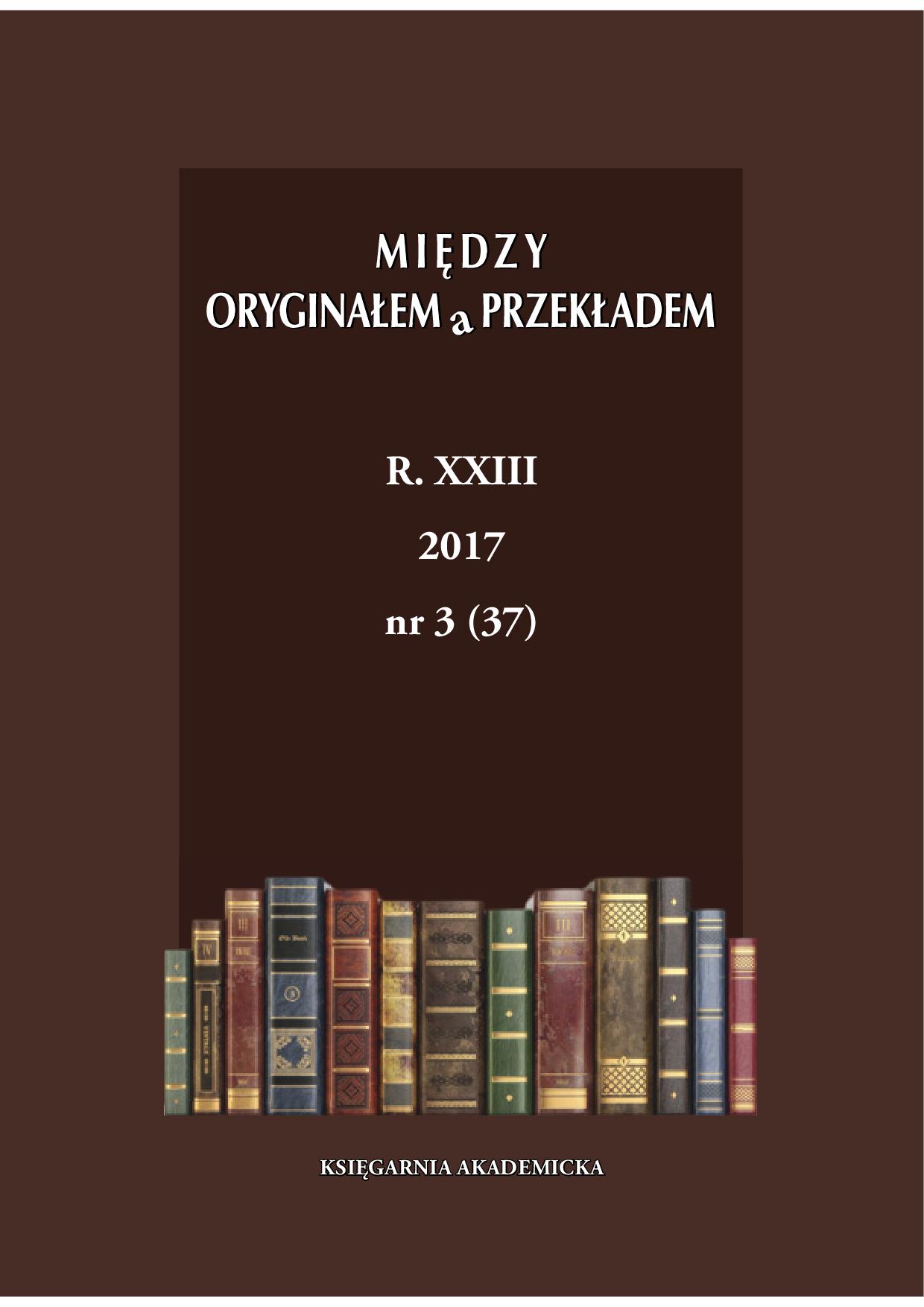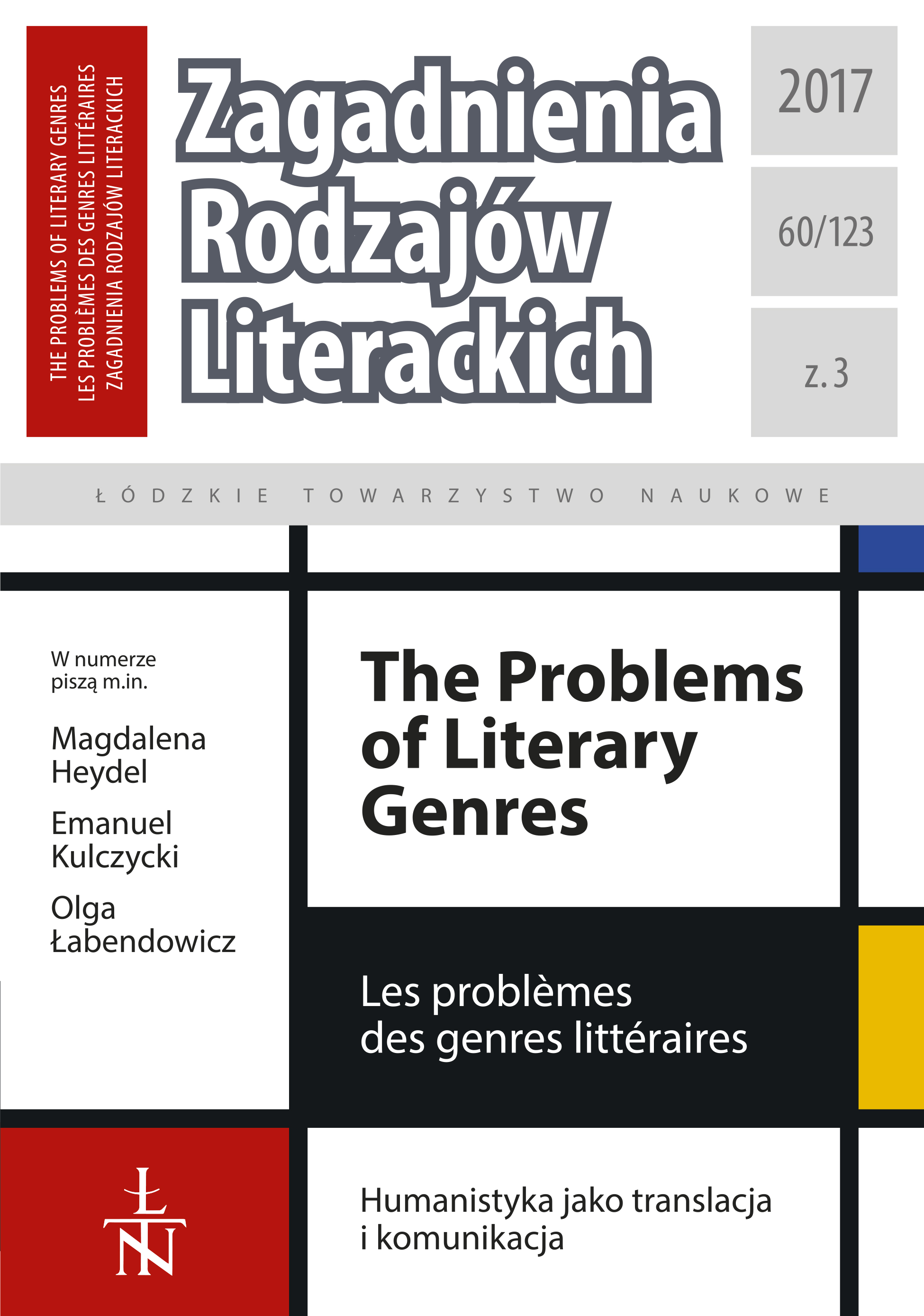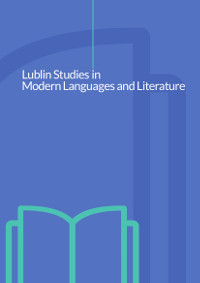
Learner Perspectives on Mobile Phone Integration for Vocabulary Development in Translation Classes
Rapid changes in technology are reflected into all walks of education as well as language learning and teaching situations. In line with these changes, studies into the integration of mobile phones into language learning contexts, particularly to facilitate vocabulary acquisition, have spawned. However, learners’ perceptions regarding the impact of the integration of mobile technologies are not fully explored. This study aims at discovering learners’ perceptions of mobile phone integration in translation classes. Twenty-seven learners studying at an English Language and Literature department in a north-western Turkish university were sent SMS text messages including the target words before, during and after the translation courses for 6 weeks. Nine students who were selected based on their frequency of response rate, 3 the most frequent respondents, 3 average respondents and the least 3 respondents respectively, were interviewed. A content analysis of the semi-structured interviews reveals information about the learners’ mobile telephone use and their perceptions of mobile phone use for language learning purposes. The findings reveal that learners in general hold a positive opinion of mobile phone integration although some hesitations have been voiced. A discussion of learners’ perspectives on the current and future use of mobile phones is provided.
More...
